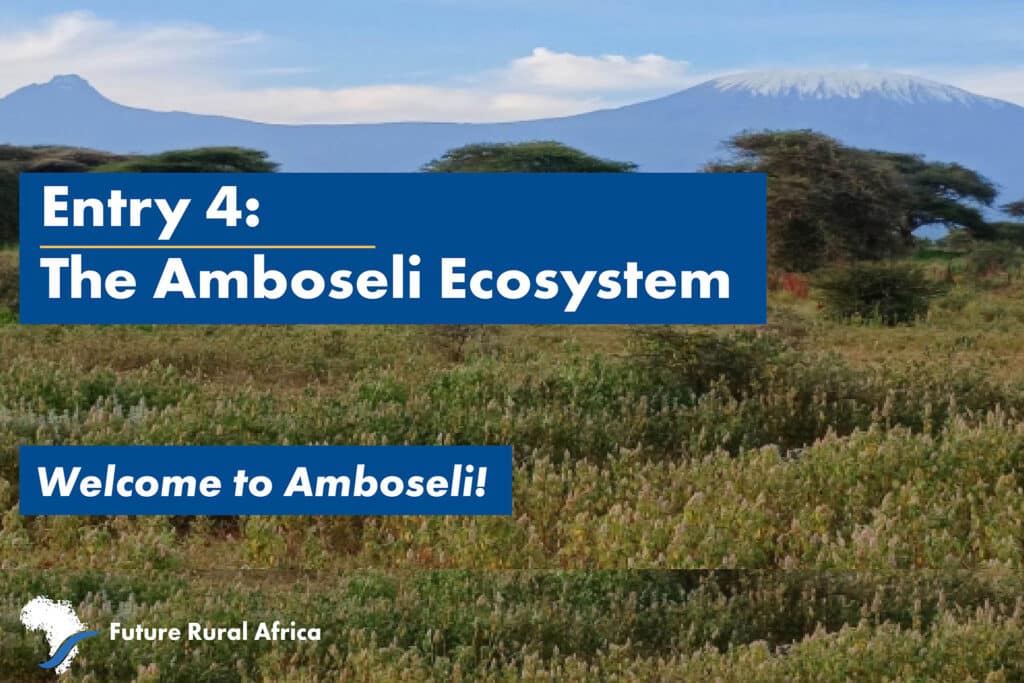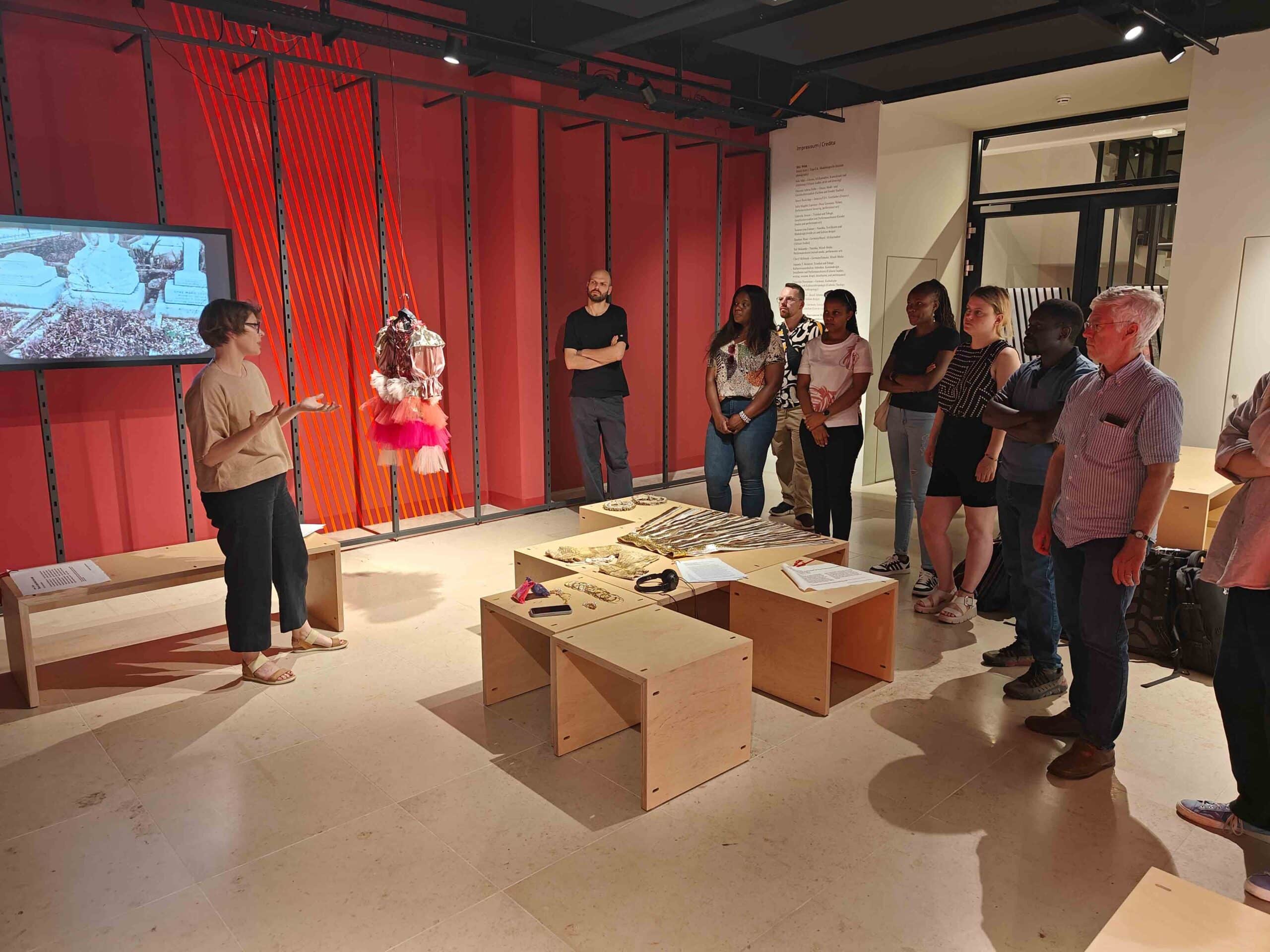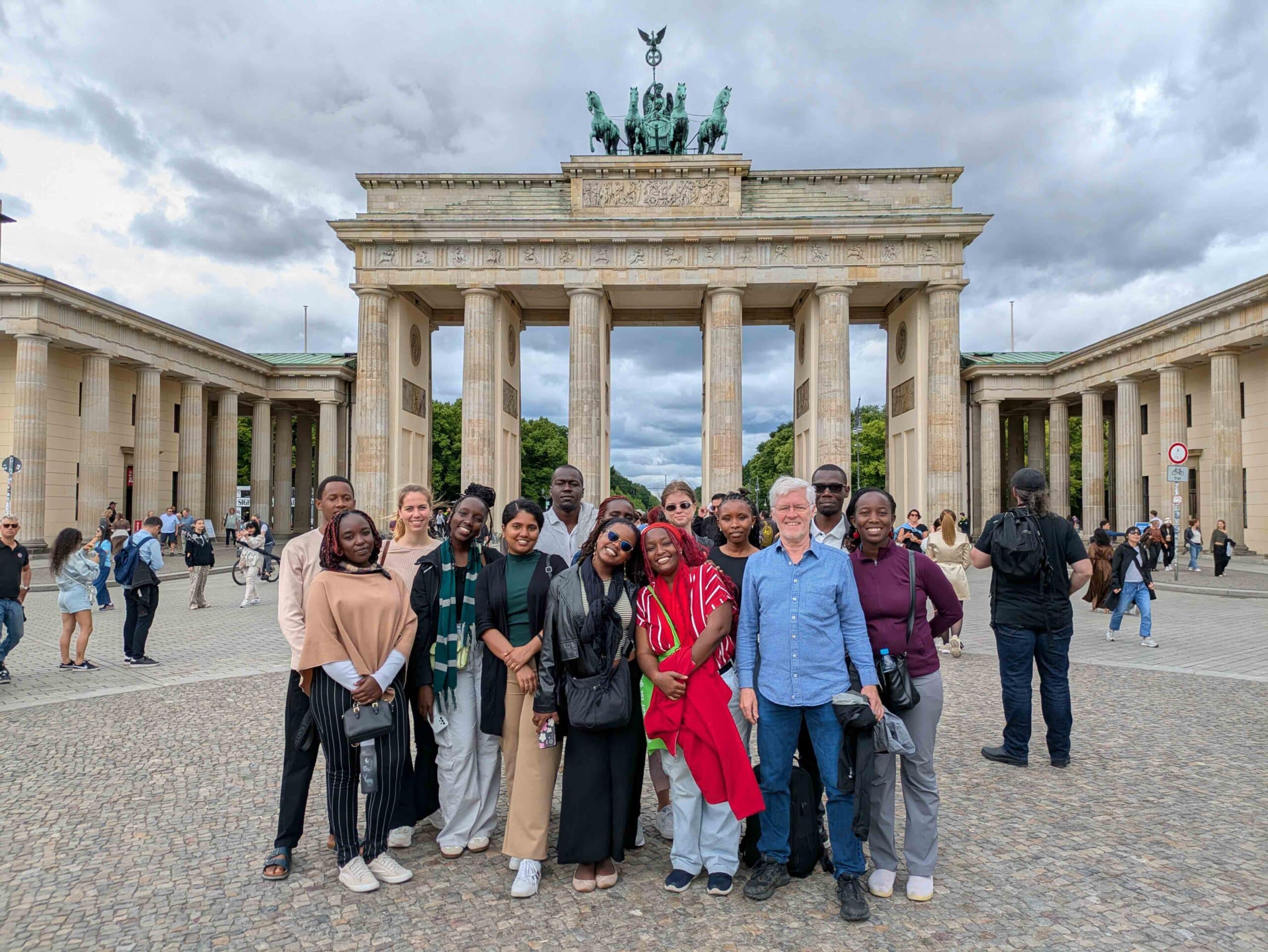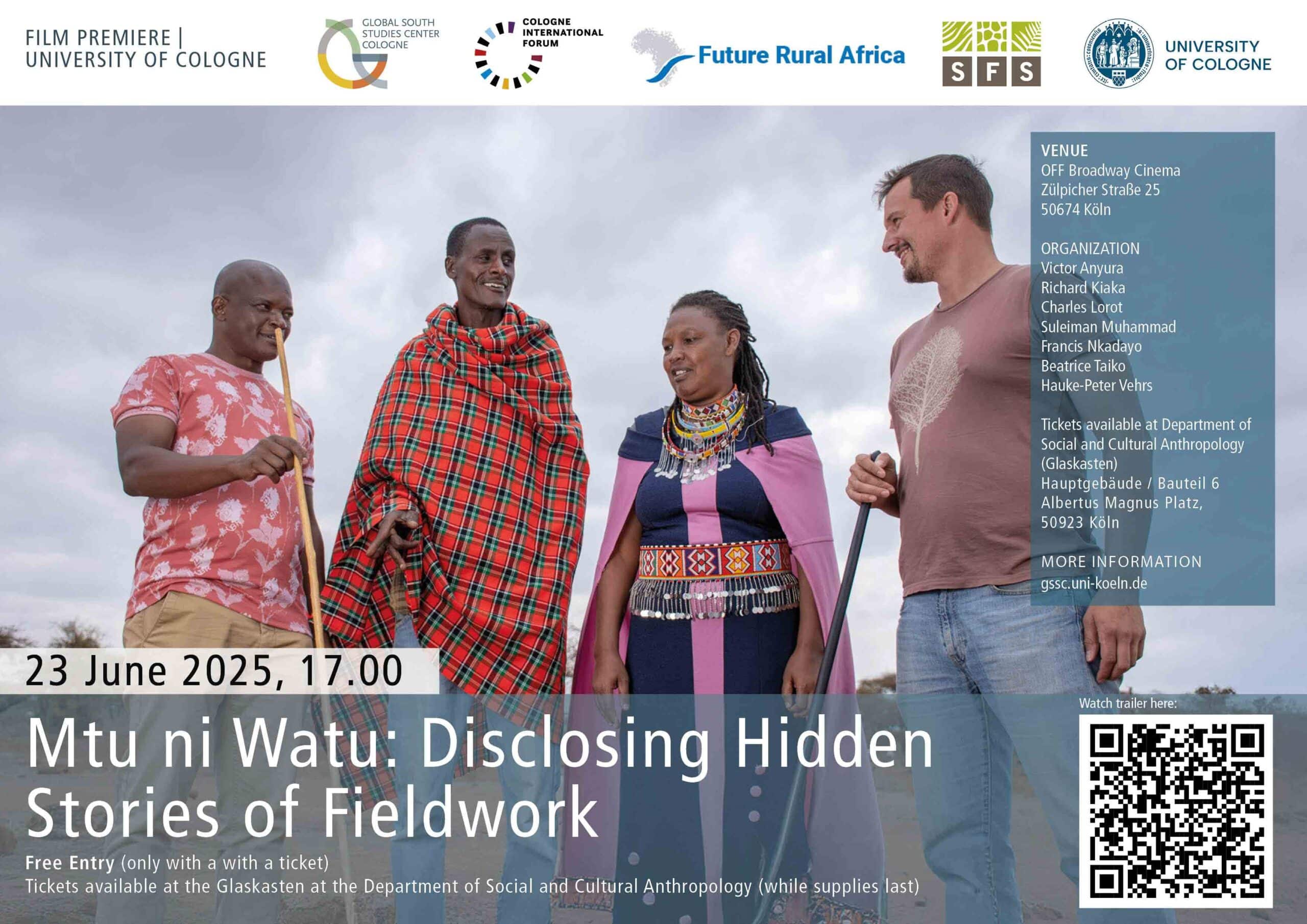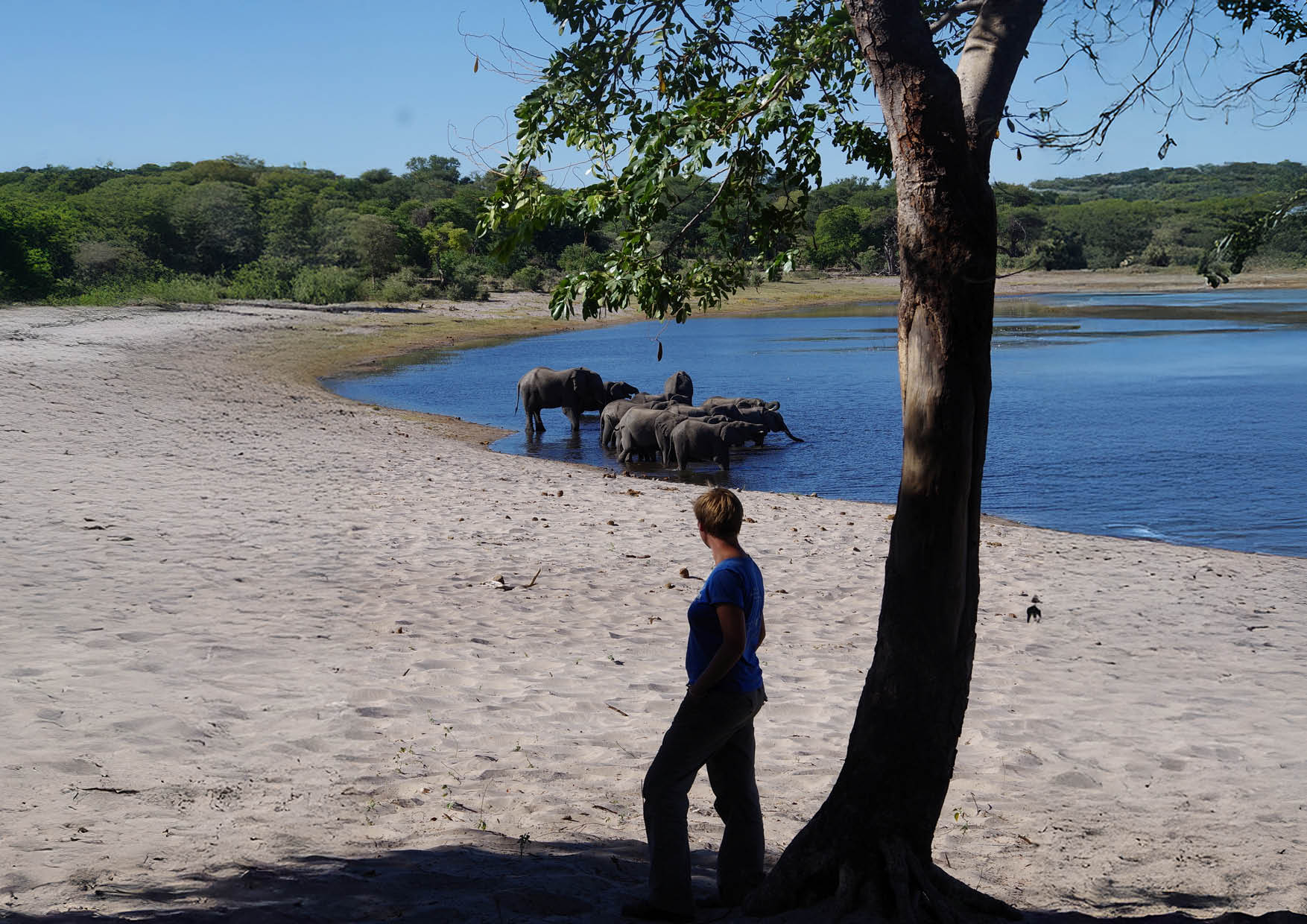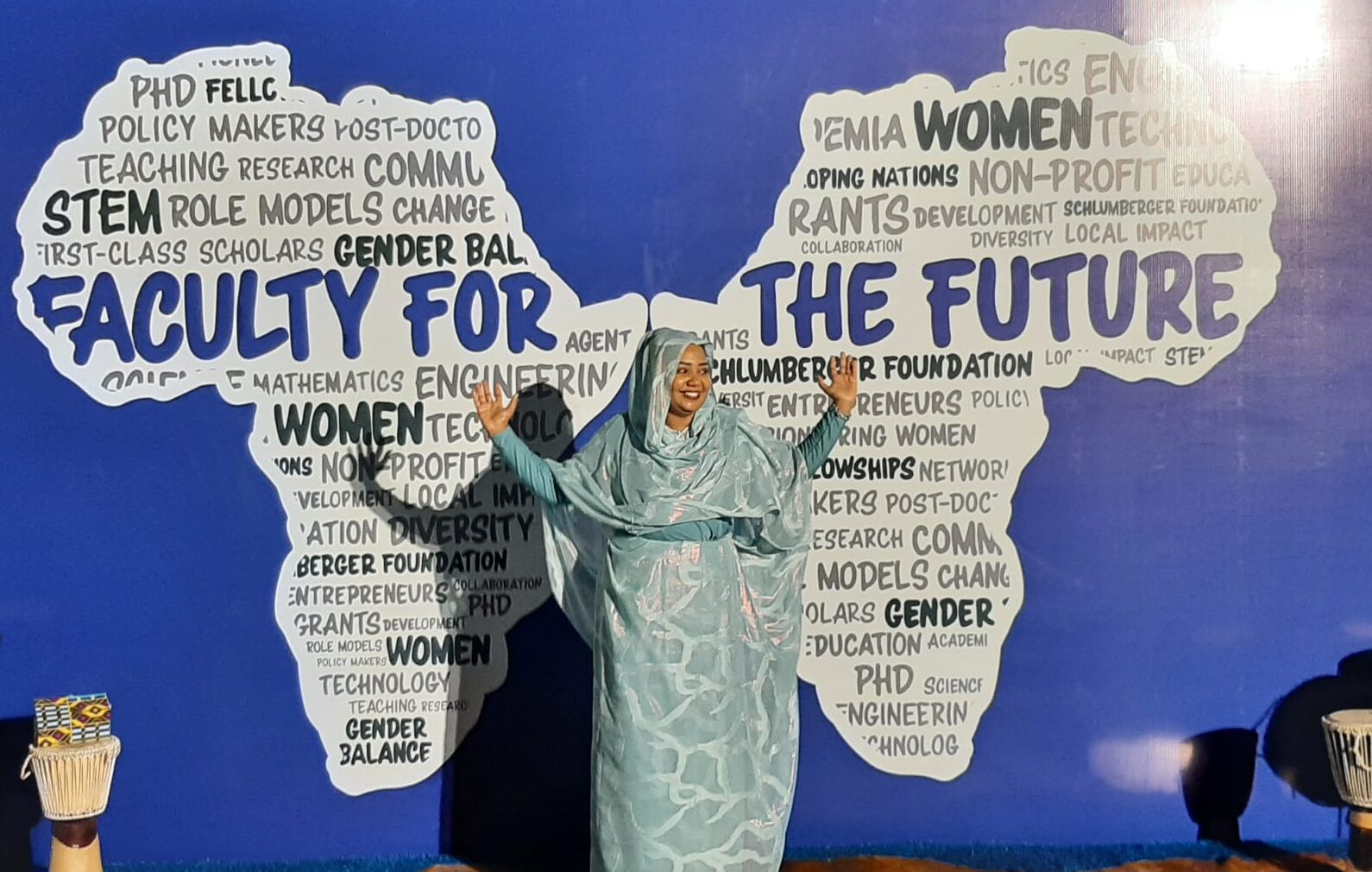The Amboseli ecosystem is the land that surrounds the Amboseli National Park found in south-western Kenya along the Kenya-Tanzania border, and lies on the northern steppes of Mount Kilimanjaro. The name Amboseli, comes from a Maasai word, ambosel, meaning salt dust that dominates the area. In the Amboseli, vegetation consists of grassland, woodland, bushland, and swamp habitats which are variously utilized by both communities and wild animals. Amboseli is generally semi-arid with annual rainfall averaging 586mm. The aridity is aggravated by climate change, that frequently leads to death of livestock and water-dependant wild animal species, causing livelihoods challenges to thousands of households.
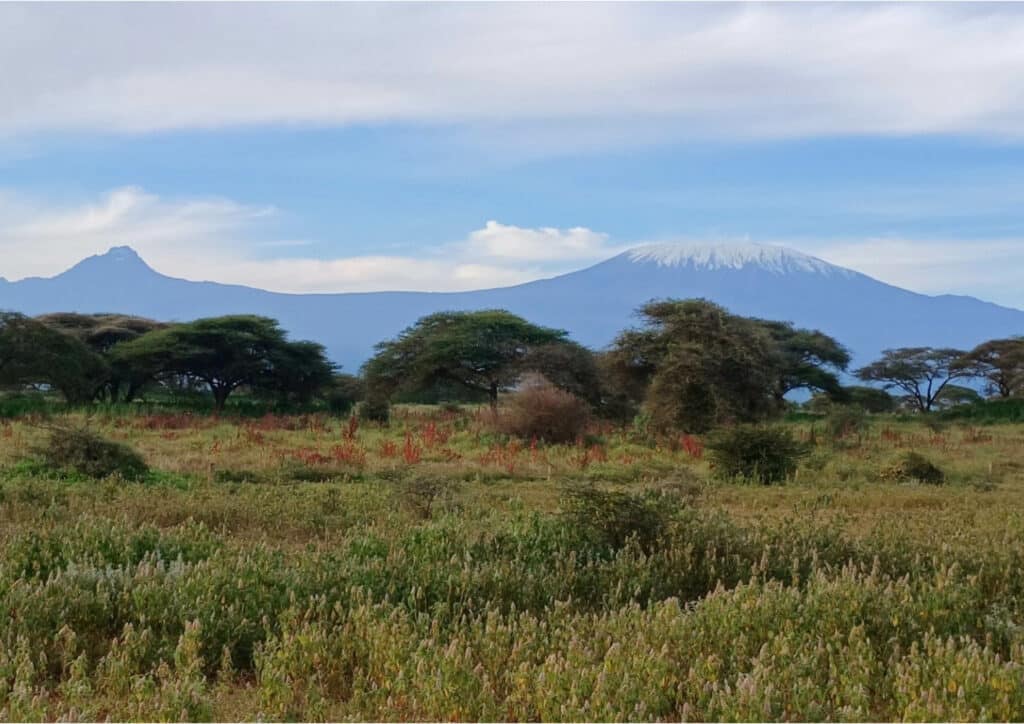
The Maasai people have inhabited the Amboseli area for more than a century. Historically, the Maasai people were semi-nomadic pastoralists and their livelihoods were supported by communal ownership of rangelands, where mobility across landscapes and grazing exchanges helped to mitigate on droughts. They coexisted (and to some extent still do) with wild animals that also roam the area. Amboseli ecosystem is therefore an important conservation area, teaming with elephants and other megafauna.
In recent times, conservation and pastoralism have come under intense pressure thanks to changing land tenure system. As part of the state-led land tenure reforms in pastoral communities in Kenya since 1968, the government created six Maasai Group Ranches in the Amboseli area. The community land was divided into large ranches and allocated a large group of pastoralists, usually organised according to large extended families. The goals were to commercialize livestock production, improve pastoral wellbeing, and stabilize environmental degradation. Beginning 1990s, Maasai people became dissatisfied with the group ranch model and advocated for sub-division into individual titles. Today, all the six group ranches have been sub-divided.
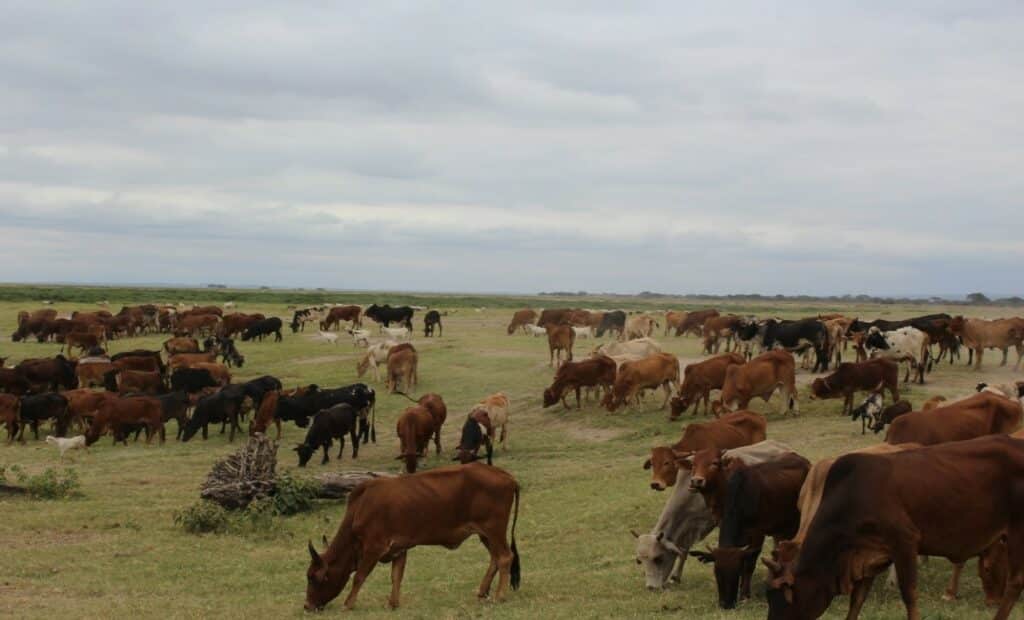
This shift from communal to private land tenure has significantly reconfigured land use, with far-reaching effects to Maasai livelihoods, human-wildlife interactions and shaping conservation efforts in new directions. Land sale to non-Maasai communities are on the rise, agriculture irrigated by underground water from Mt. Kilimanjaro is increasing in dominance, and human-elephant conflicts are commonplace.
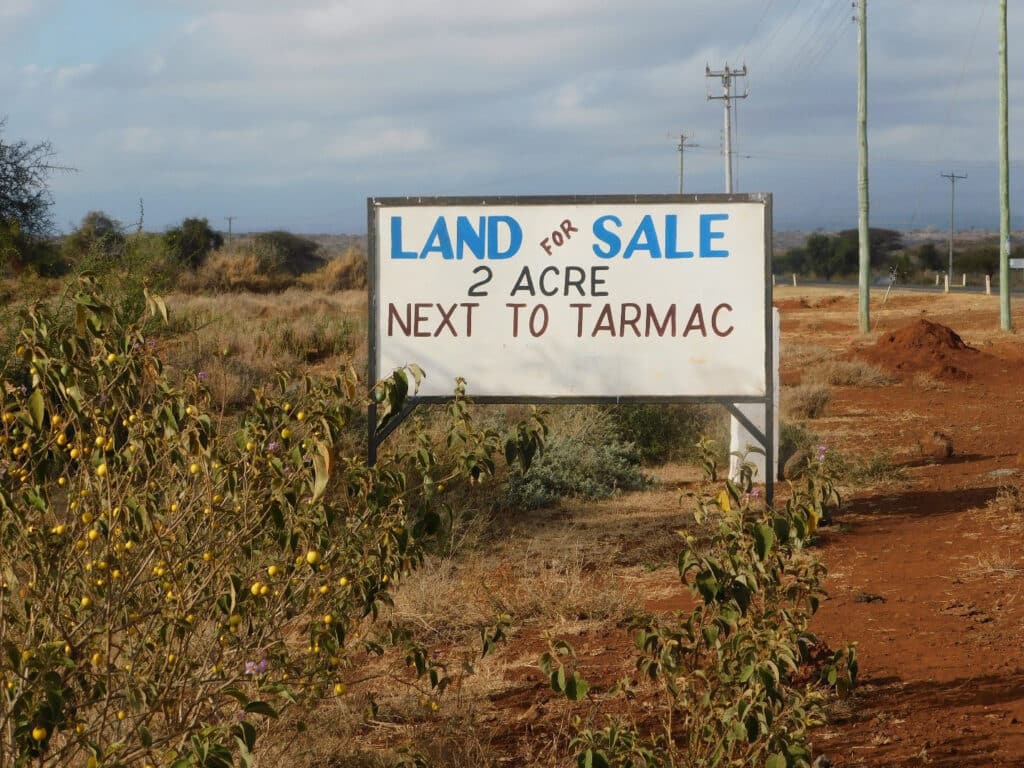
The Amboseli National Park, which is the core conservation area in the landscape, covers only 392 km2. Due to its small size, up to 79% of wildlife in Amboseli National Park regularly disperse out of the park into adjacent communities creating a need for buffer space around the park for wildlife movement. Conservation efforts by various non-governmental organizations and the government now emphasize on the need to create and sustain community conservancies on already-subdivided land. Understanding these complex and emerging socioecological transformations is not possible without the active role of local people in the design and execution of research activities. Local research assistants are thus very critical to the work of understanding local people’s experiences of these transformations, finding safe routes from marauding elephants, and asserting acceptance to the many local organizations working in the area.

